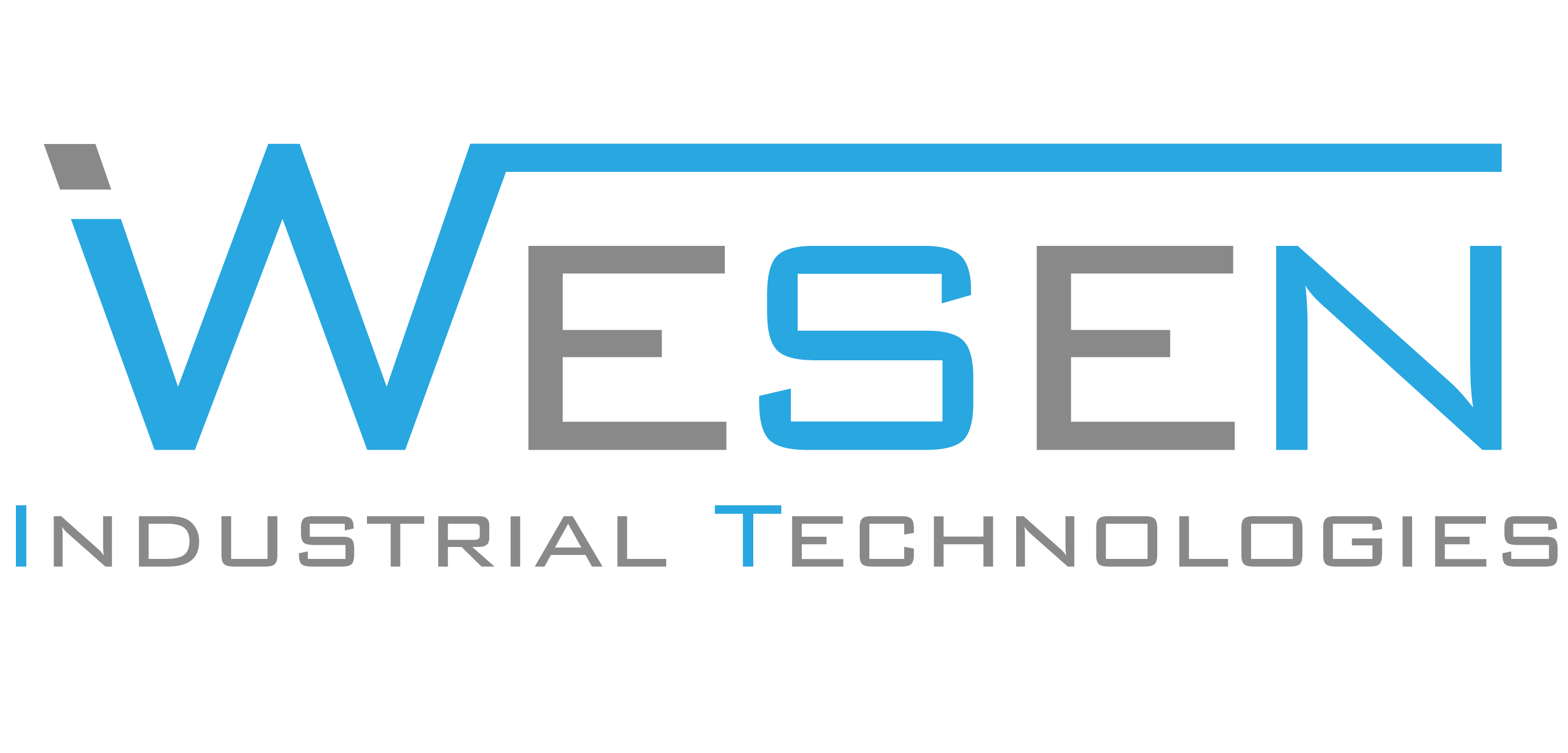How do we define extremely high pressure?
Extremely high pressure can be defined as pressure that is significantly higher than the pressure typically found at sea level, which is approximately 1013 millibars or 14.7 pounds per square inch. Specifically, extremely high pressure can be defined as pressure above 1000 bar (14,500 psi).
What systems can we find extremely high pressure gauges?
There are a number of systems in which extremely high pressure gauges can be found. Some examples include:
Industrial processes: High pressure gauges are commonly used in industrial processes such as oil and gas production, chemical processing, and power generation.
Hydraulic systems: High pressure gauges are used to measure the pressure in hydraulic systems, such as those found in construction and mining equipment, aircraft, and automobiles.
Research and development: High pressure gauges are used in laboratory and research settings to measure pressure in experiments and testing.
Medical equipment: High-pressure gauges are also used in medical equipment such as blood pressure monitors, dialysis machines, and ventilators.
High-pressure waterjet cutting: High-pressure gauges are used in high-pressure waterjet cutting systems, which are used for cutting materials such as steel, concrete, and glass.
High-pressure air compressor: High-pressure gauges are used to measure pressure in high-pressure air compressor systems, which are used for various industrial and commercial applications.
High-pressure testing: High-pressure gauges are also used in high-pressure testing of products and equipment, such as pressure vessels and pipelines.
In the application of ultra-high pressure, how to ensure the safety of the pressure gauge?
In the application of ultra-high pressure, it is important to ensure the safety of the pressure gauge to prevent damage or injury. Some ways to ensure the safety of the pressure gauge in ultra-high pressure applications include:
Use a high-quality pressure gauge: Choose a pressure gauge that is rated for the maximum pressure expected in the application and is made with durable materials that can withstand high pressures.
Regularly inspect the gauge: Regularly inspect the pressure gauge for any signs of damage or wear, such as leaks, cracks, or broken parts.
Calibrate the gauge: Regularly calibrate the pressure gauge to ensure accurate readings and to identify any issues with the gauge.
Use a safety valve or relief valve: Use a safety valve or relief valve to protect the gauge from overpressure, this will help to release the pressure before it reaches the gauge's limit.
Use a pressure limiter: Use a pressure limiter to set a maximum pressure for the system, this will prevent pressure from exceeding the limit and damaging the gauge.
Use a high-pressure hose: Use a high-pressure hose that is rated for the maximum pressure expected in the application, this will prevent leaks or ruptures in the hose, which could damage the gauge.
Use protection cover: Use protection cover to protect the gauge from impact, dust and other environmental factors.
Properly training operator: Properly training the operator how to use the pressure gauge in a safe way, and how to respond in case of emergency.
By following these guidelines, you can help ensure the safety of the pressure gauge in ultra-high pressure applications.
